If you're in the process of remodeling your kitchen or installing a new kitchen sink, you may be wondering if you need to add a vent. While it may seem like an extra step in the installation process, a vent for your kitchen sink is actually an important component for the overall functionality of your plumbing system. In this article, we'll discuss the top 10 reasons why a kitchen sink vent is necessary.Do You Need a Vent for a Kitchen Sink?
Installing a vent for your kitchen sink may seem like a daunting task, but it's actually a relatively simple process. You'll need to determine the type of vent you need based on your plumbing system, and then follow these steps: Step 1: Choose the location for your vent. It should be installed as close to the sink as possible. Step 2: Use a reciprocating saw to cut a hole in the wall for the vent pipe. Step 3: Install the vent pipe through the wall and secure it with brackets. Step 4: Connect the vent pipe to the drain pipe using a Y-fitting. Step 5: Secure the vent pipe to the drain pipe with a rubber coupling and clamps. Step 6: Test the vent by running water through the sink. Step 7: Seal any gaps or leaks with silicone caulking.How to Install a Vent for a Kitchen Sink
Kitchen sink vents serve several important functions in your plumbing system: Preventing Clogs: A vent allows air to enter the pipe, which prevents clogs by equalizing pressure and allowing waste to flow freely. Eliminating Odors: A vent allows sewer gases to escape, preventing foul odors from entering your home. Protecting Your Health: Kitchen sink vents also play a crucial role in preventing dangerous gases, such as carbon monoxide, from building up in your home. Maintaining Water Flow: Without a vent, water can be siphoned out of the trap, causing issues with drainage and potentially contaminating your water supply.Why Do You Need a Vent for a Kitchen Sink?
There are several types of vents that can be used for a kitchen sink: Air Admittance Valve (AAV): This is a one-way valve that allows air to enter the pipe but doesn't allow gases to escape. It is a popular choice for under-sink installations. Studor Vent: This is a mechanical vent that opens and closes based on pressure changes in the plumbing system. It is commonly used in bathrooms and kitchens. Through-the-Roof Vent: This type of vent runs through the roof of your home and is typically used for larger plumbing systems.Types of Vents for Kitchen Sinks
The type of vent you choose will depend on several factors, including the layout of your plumbing system and the location of your sink. It's important to consult a professional plumber to determine the best option for your specific needs. Some things to consider when choosing a vent include: Cost: AAVs and studor vents are typically more affordable than through-the-roof vents. Installation: Some vents may be easier to install than others, depending on the layout of your plumbing system. Codes and Regulations: Each state and municipality may have specific codes and regulations regarding the type of vent that is required for a kitchen sink. It's important to ensure that you comply with these regulations.How to Choose the Right Vent for Your Kitchen Sink
As with any component of your plumbing system, kitchen sink vents can experience issues over time. Some of the most common problems include: Clogs: Debris, such as food particles or grease, can clog the vent pipe and prevent proper air flow. Leaks: Over time, the seals on the vent pipe can deteriorate, causing leaks. This can lead to water damage and mold growth if left untreated. Freezing: In colder climates, vent pipes can freeze and block air flow, causing issues with drainage and potentially damaging the pipe.Common Problems with Kitchen Sink Vents
If you notice that your kitchen sink is draining slowly or making gurgling noises, it may be a sign of a clogged vent. Here's how to fix it: Step 1: Locate the vent pipe on the exterior of your home. Step 2: Use a plumber's auger to clear any debris that may be blocking the vent pipe. Step 3: Run water through the sink to see if the issue has been resolved. Step 4: If the issue persists, it may be necessary to call a professional plumber for further assistance.How to Fix a Clogged Kitchen Sink Vent
While it is possible to install a vent for your kitchen sink on your own, it's important to have a basic understanding of plumbing and to follow all safety precautions. If you are unsure of your abilities, it's best to hire a professional plumber to ensure that the installation is done correctly. If you do decide to take on the project yourself, be sure to research the necessary steps and materials thoroughly beforehand.DIY Kitchen Sink Vent Installation
If you're not comfortable with DIY plumbing projects, or if you simply don't have the time, hiring a professional plumber to install a vent for your kitchen sink is the best option. They have the knowledge, skills, and tools to ensure that the vent is installed correctly and in compliance with all codes and regulations.Professional Kitchen Sink Vent Installation Services
The cost of installing a vent for your kitchen sink will vary depending on the type of vent, the complexity of the installation, and the rates of the plumber you hire. On average, homeowners can expect to pay between $200-$500 for a kitchen sink vent installation.Cost of Installing a Kitchen Sink Vent
Why Proper Ventilation is Essential for Your Kitchen Sink
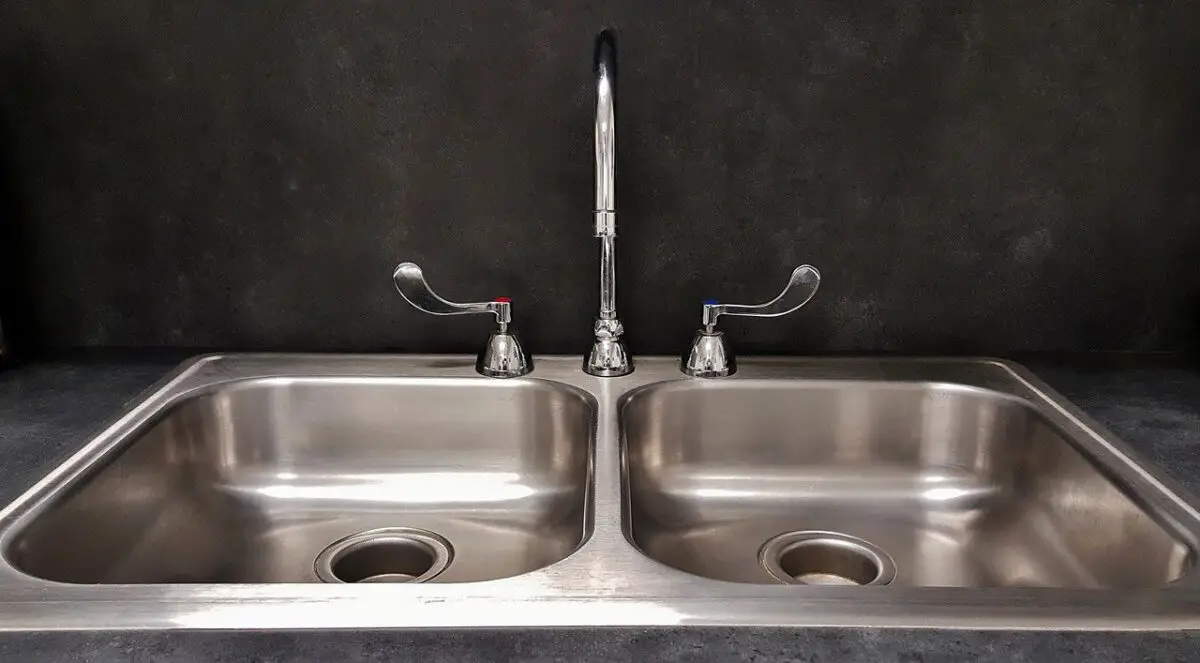
The Importance of Ventilation in Kitchen Design
 When designing a kitchen, there are many factors to consider, from the layout of the cabinets to the type of appliances you want to install. However, one aspect that often gets overlooked is ventilation, specifically in regards to the kitchen sink. Many homeowners may wonder, "Do I really need a vent for my kitchen sink?" The answer is a resounding yes, and here's why.
Ventilation is necessary to maintain proper air flow in your kitchen
. When you are cooking, washing dishes, or even just running water in your sink, steam and other moisture can be released into the air. Without proper ventilation, this moisture can become trapped and create an ideal breeding ground for mold and mildew. This not only poses a health risk, but it can also cause damage to your cabinets and walls.
Preventing Unpleasant Odors
Another reason why ventilation is essential for your kitchen sink is to prevent unpleasant odors. When food scraps and other debris go down the drain, they can become trapped in the pipes and start to decompose. This can lead to a foul smell that can permeate throughout your kitchen. A properly installed vent will help to eliminate these odors by allowing them to escape through the ventilation system.
Complying with Building Codes
In addition to the practical reasons for having a kitchen sink vent, it is also necessary to comply with building codes. Most building codes require a vent to be installed for any plumbing fixture, including the kitchen sink. This is to ensure that the plumbing system is functioning properly and to prevent any potential health hazards.
Types of Kitchen Sink Vents
There are several types of kitchen sink vents to choose from, depending on the layout of your kitchen. The most common type is the under-sink vent, which is installed under the sink and connects to the main vent stack. There are also air admittance valves, or AAVs, which are installed on the sink's drain pipe and allow air to enter the plumbing system when needed.
In conclusion, proper ventilation is a crucial aspect of kitchen design, especially when it comes to your sink. It not only helps to maintain air flow and prevent mold and mildew, but it also eliminates unpleasant odors and ensures compliance with building codes. When planning your kitchen, be sure to include a vent for your sink, and consult with a professional plumber for the best type of vent for your specific layout.
When designing a kitchen, there are many factors to consider, from the layout of the cabinets to the type of appliances you want to install. However, one aspect that often gets overlooked is ventilation, specifically in regards to the kitchen sink. Many homeowners may wonder, "Do I really need a vent for my kitchen sink?" The answer is a resounding yes, and here's why.
Ventilation is necessary to maintain proper air flow in your kitchen
. When you are cooking, washing dishes, or even just running water in your sink, steam and other moisture can be released into the air. Without proper ventilation, this moisture can become trapped and create an ideal breeding ground for mold and mildew. This not only poses a health risk, but it can also cause damage to your cabinets and walls.
Preventing Unpleasant Odors
Another reason why ventilation is essential for your kitchen sink is to prevent unpleasant odors. When food scraps and other debris go down the drain, they can become trapped in the pipes and start to decompose. This can lead to a foul smell that can permeate throughout your kitchen. A properly installed vent will help to eliminate these odors by allowing them to escape through the ventilation system.
Complying with Building Codes
In addition to the practical reasons for having a kitchen sink vent, it is also necessary to comply with building codes. Most building codes require a vent to be installed for any plumbing fixture, including the kitchen sink. This is to ensure that the plumbing system is functioning properly and to prevent any potential health hazards.
Types of Kitchen Sink Vents
There are several types of kitchen sink vents to choose from, depending on the layout of your kitchen. The most common type is the under-sink vent, which is installed under the sink and connects to the main vent stack. There are also air admittance valves, or AAVs, which are installed on the sink's drain pipe and allow air to enter the plumbing system when needed.
In conclusion, proper ventilation is a crucial aspect of kitchen design, especially when it comes to your sink. It not only helps to maintain air flow and prevent mold and mildew, but it also eliminates unpleasant odors and ensures compliance with building codes. When planning your kitchen, be sure to include a vent for your sink, and consult with a professional plumber for the best type of vent for your specific layout.

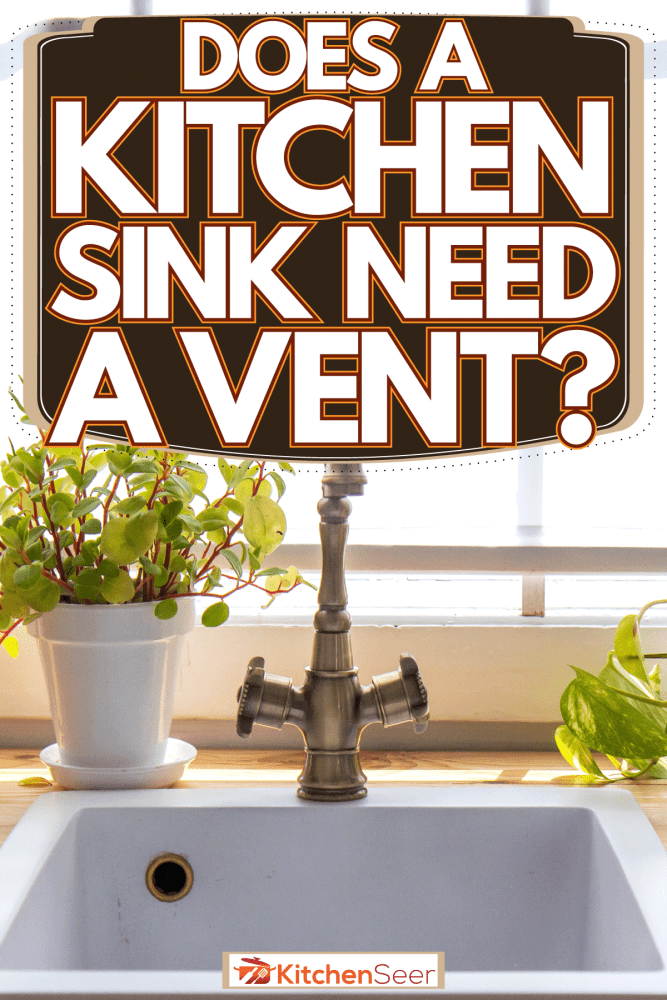





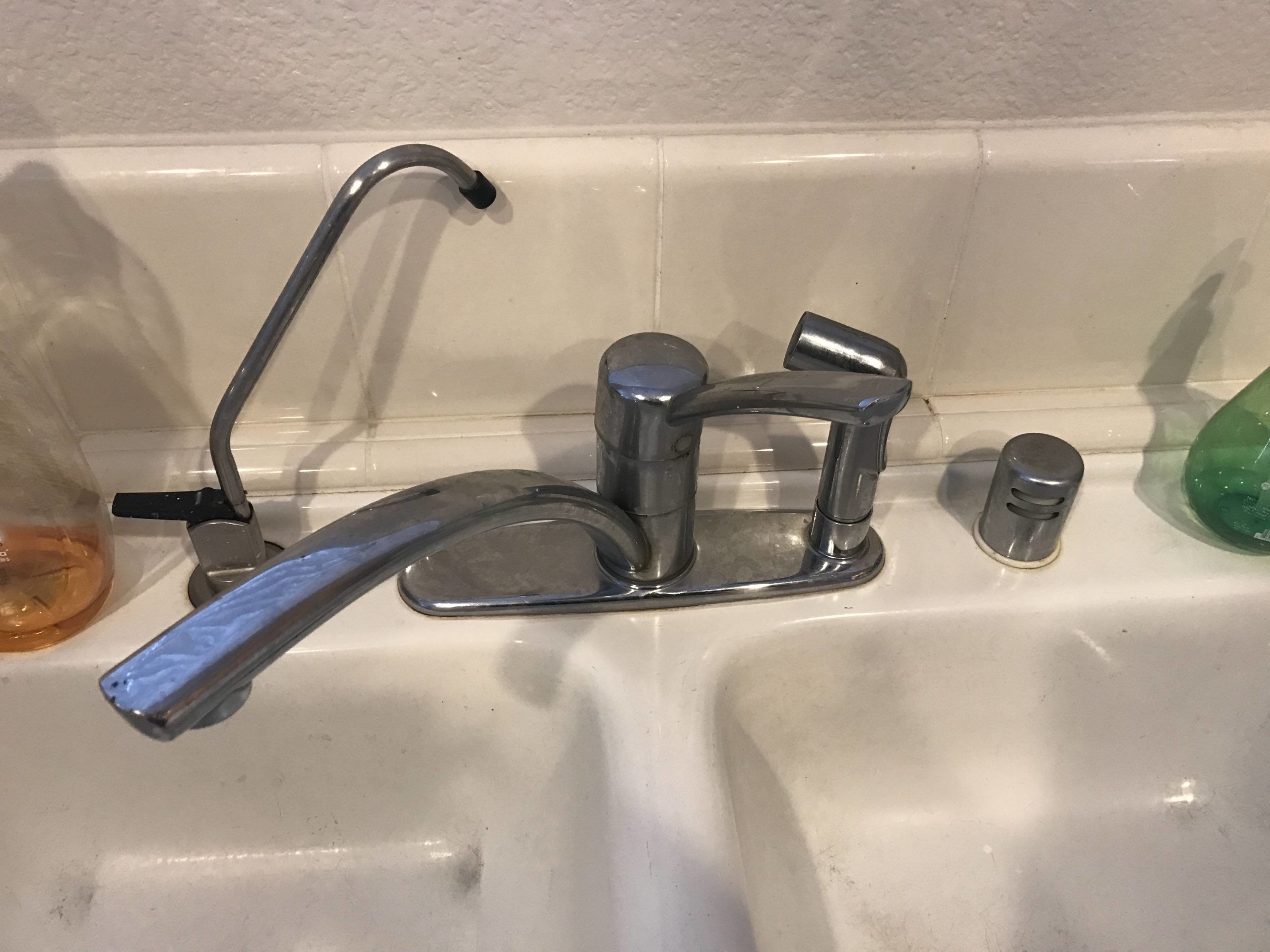








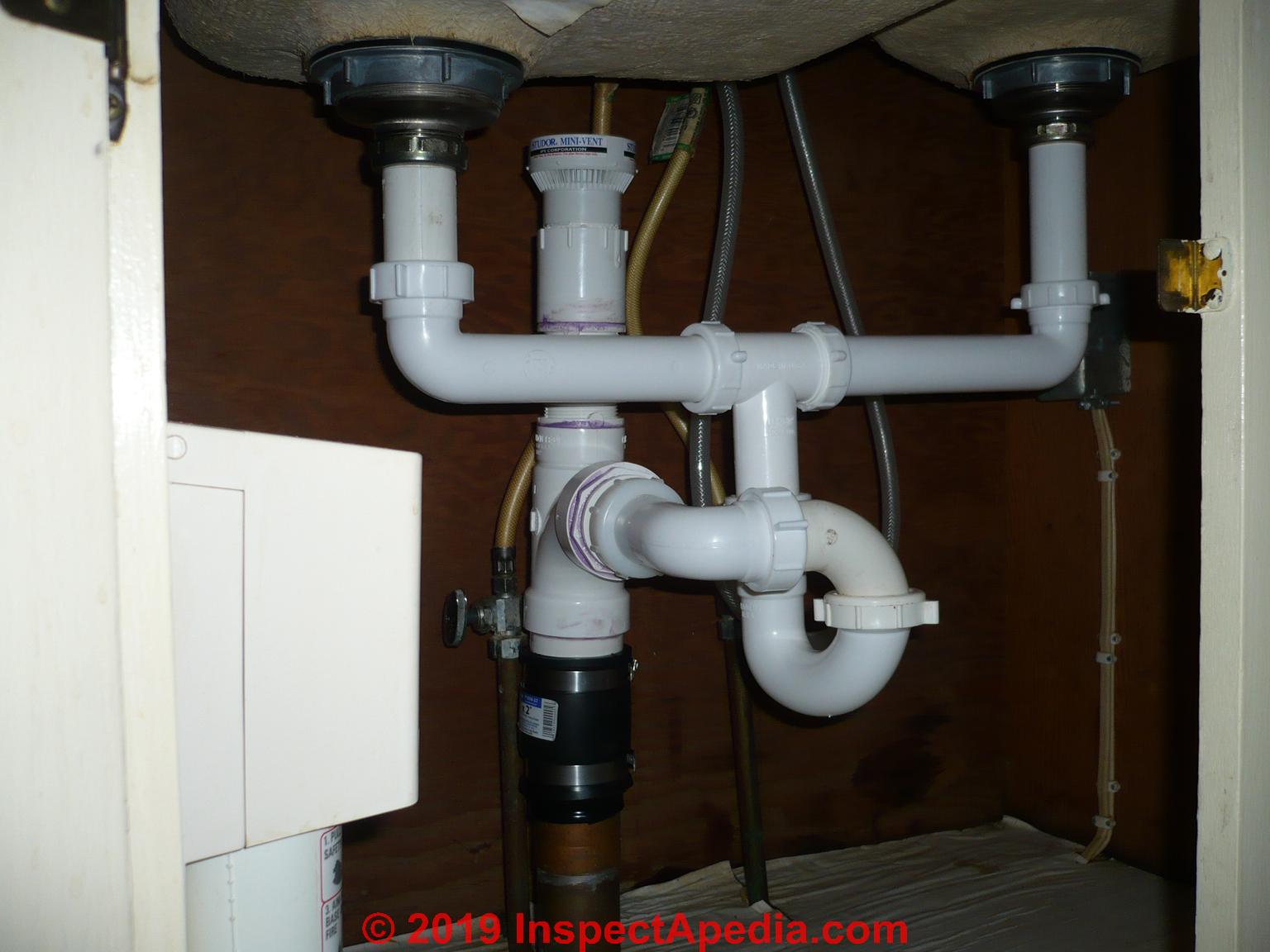

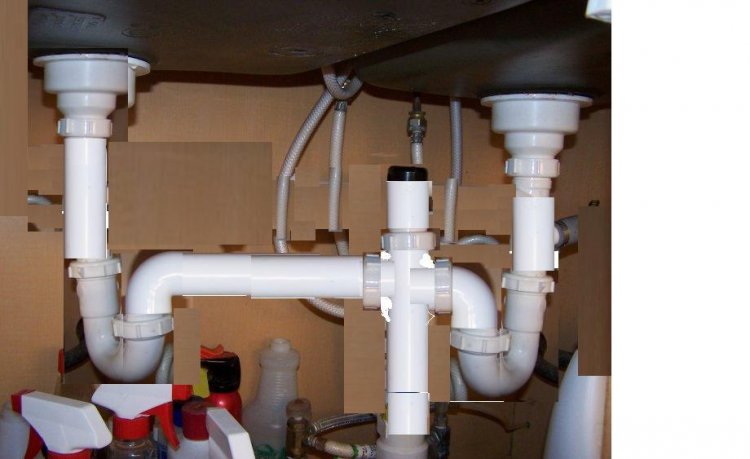
/sink-vent-installing-an-auto-vent-2718828-05-ca0dcb2915be457b9693ccd2655e6c21.jpg)








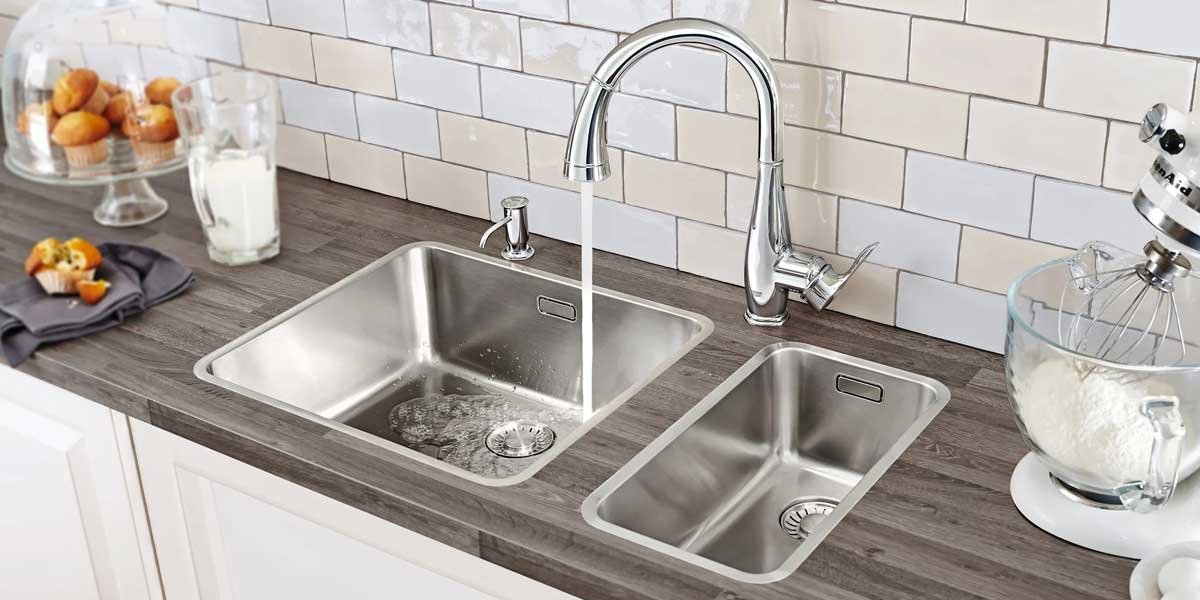
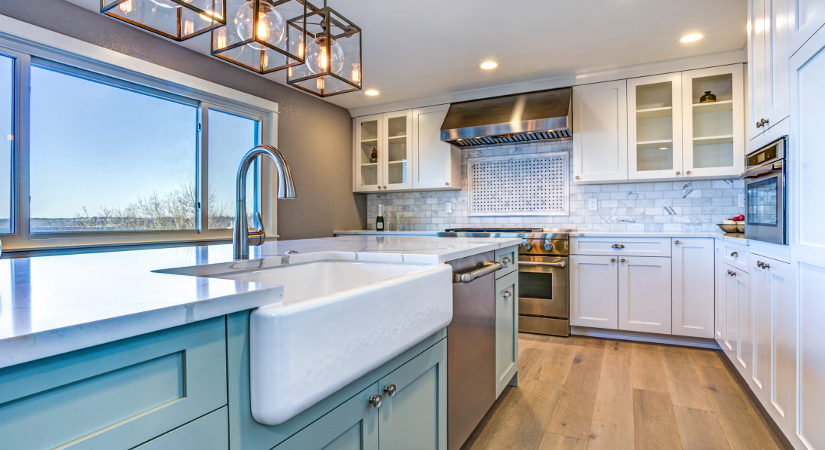
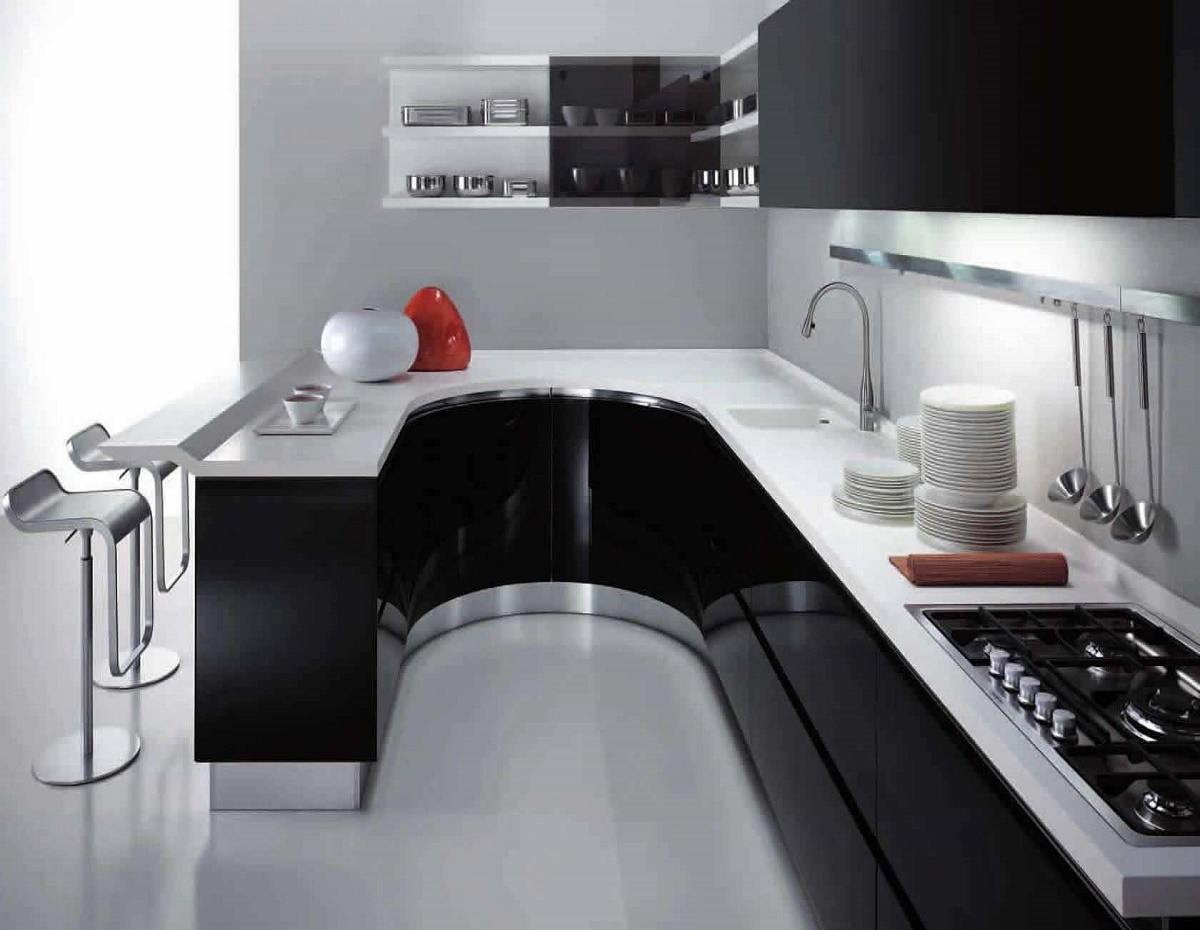

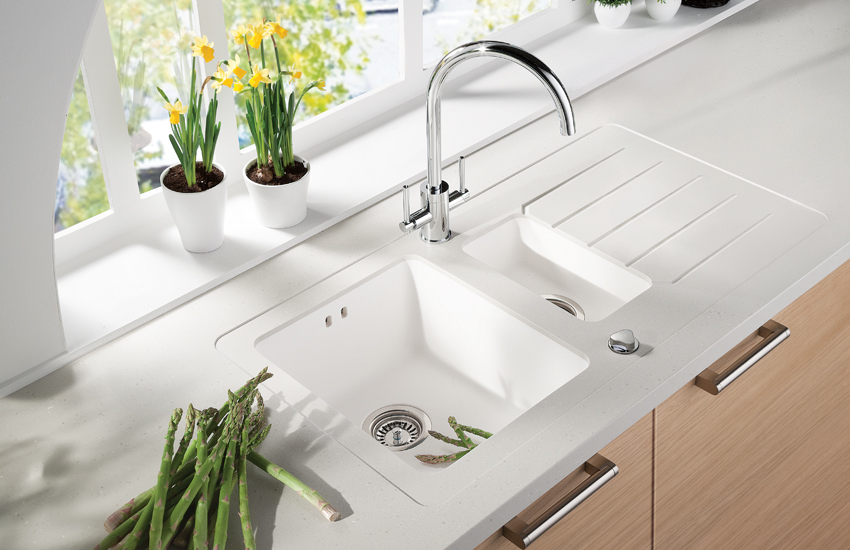


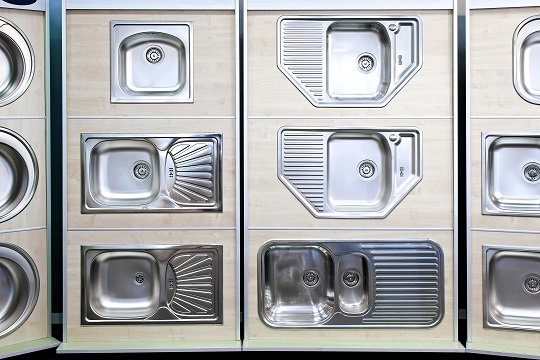















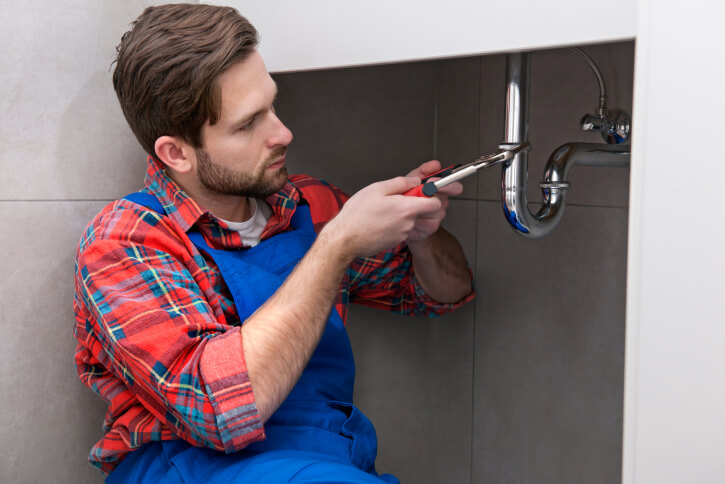
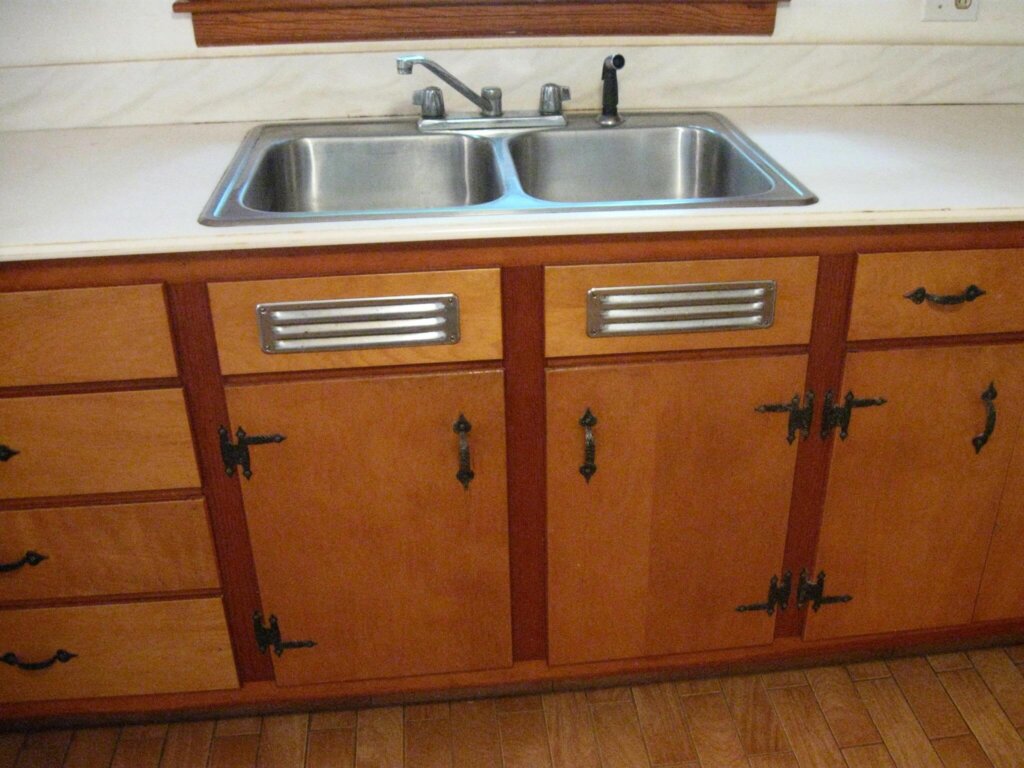




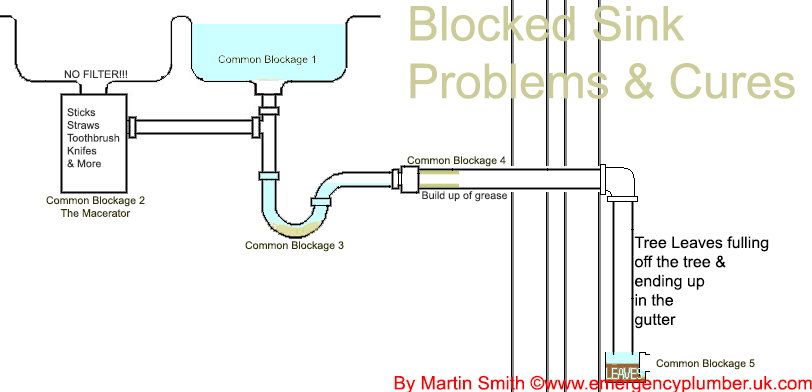

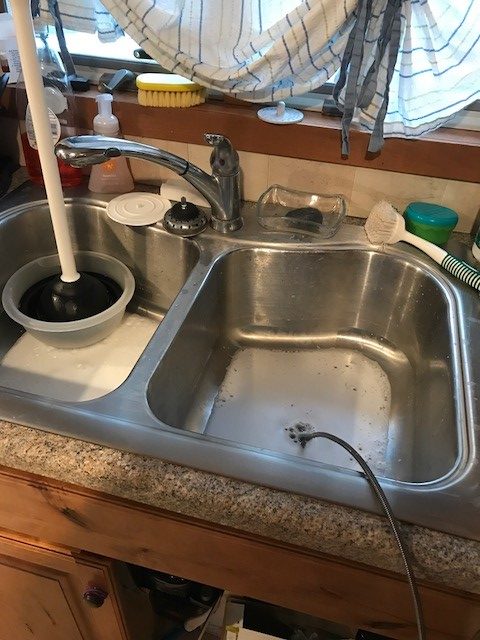




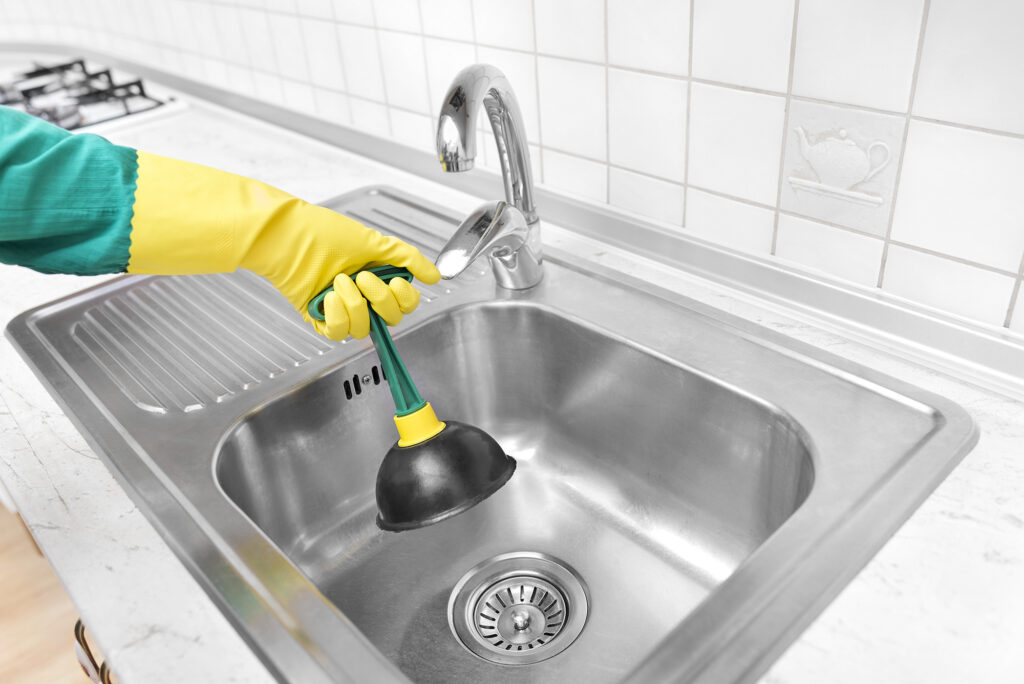


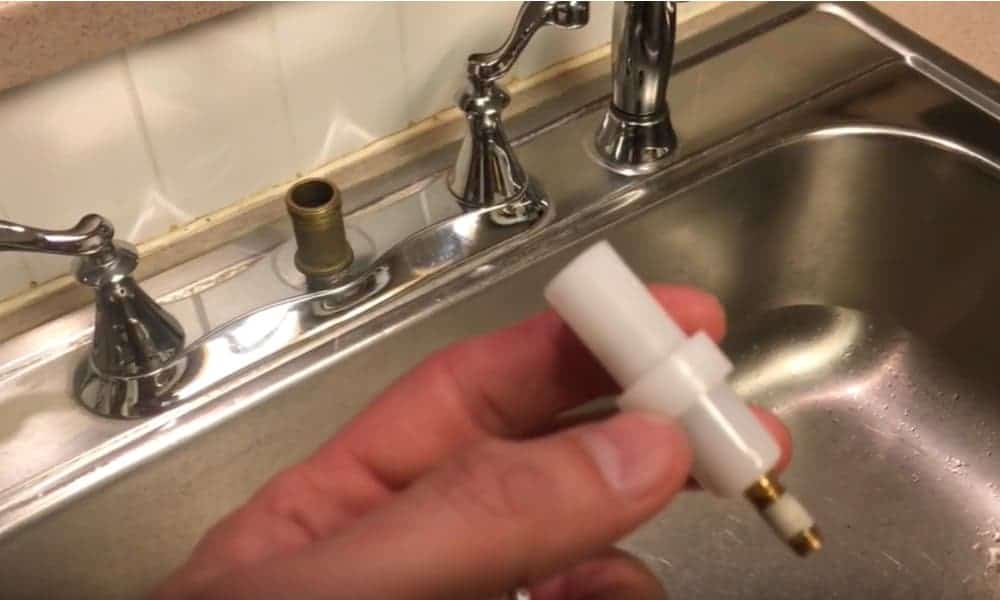

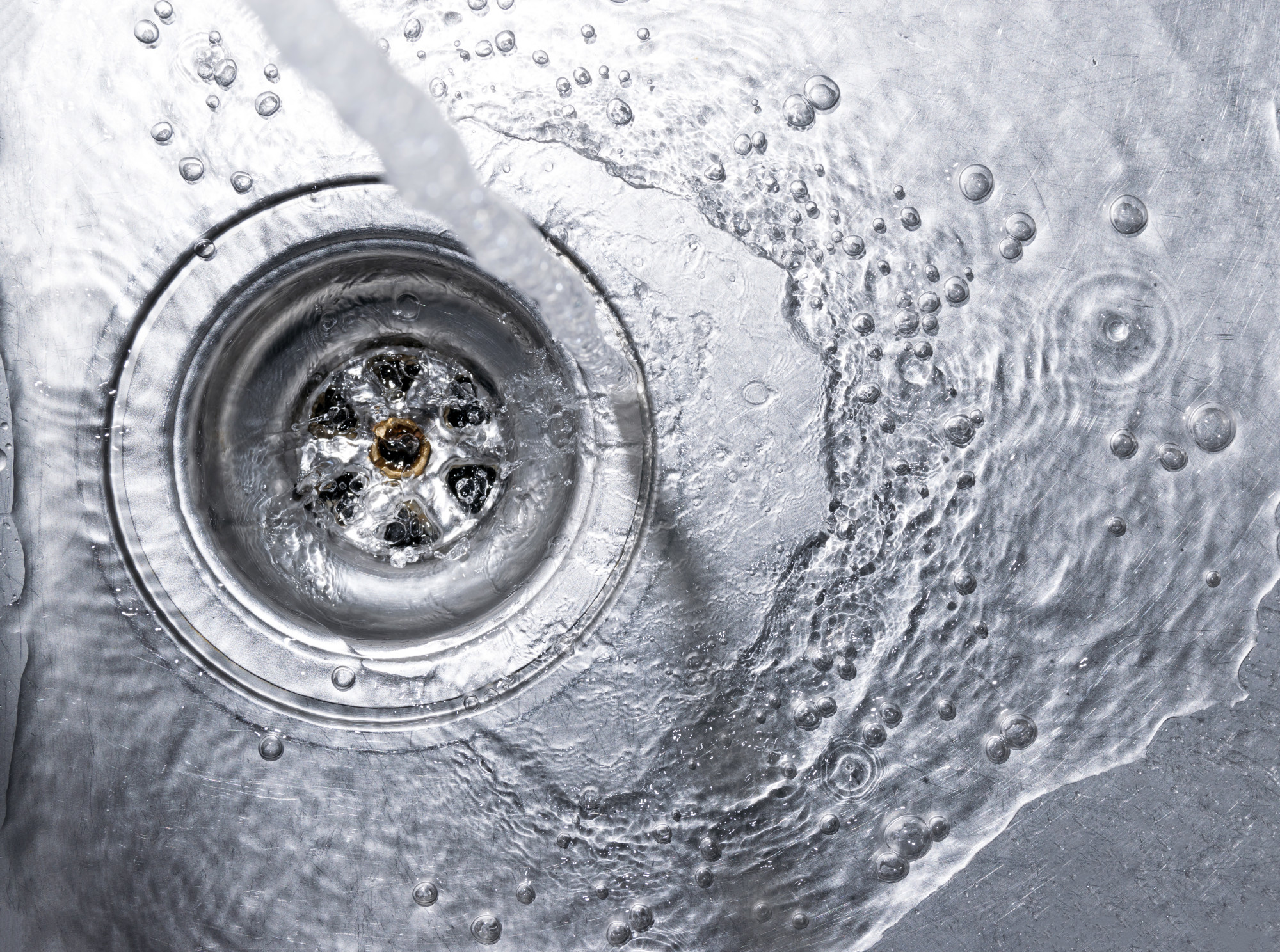













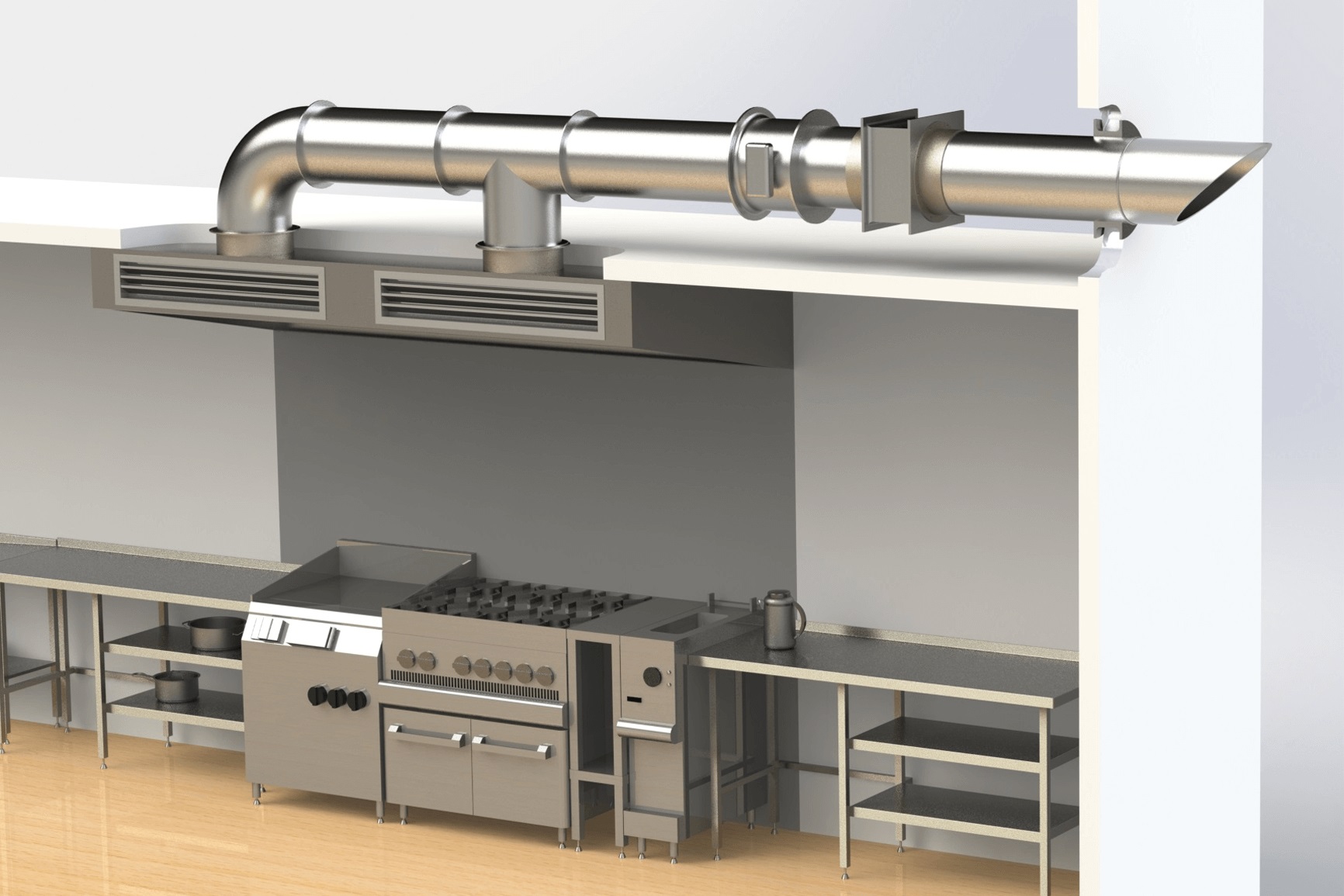



:max_bytes(150000):strip_icc()/sink-vent-installing-an-auto-vent-2718828-03-7d2c3b9c51024155a1ea47f7ae35cadd.jpg)







